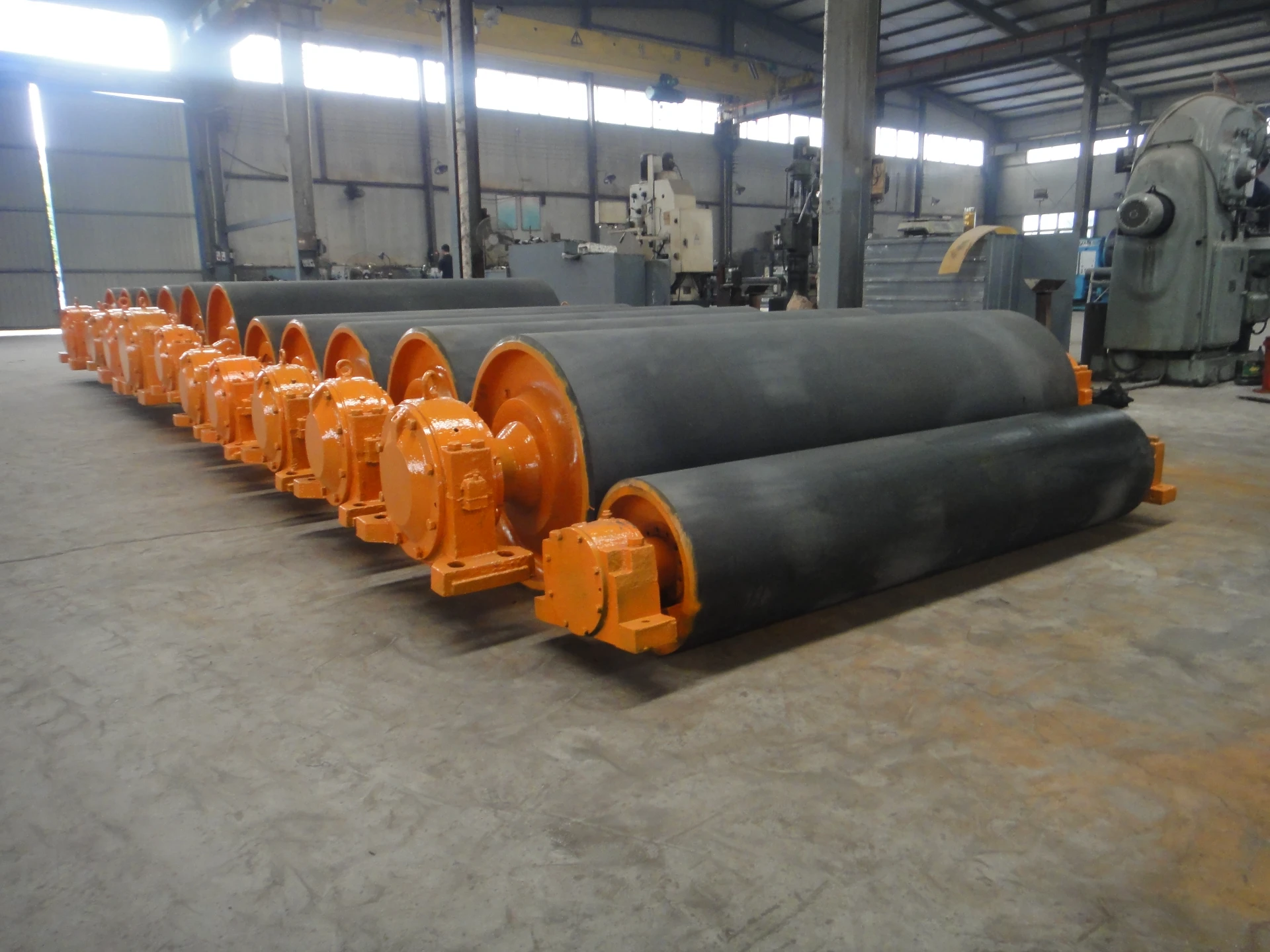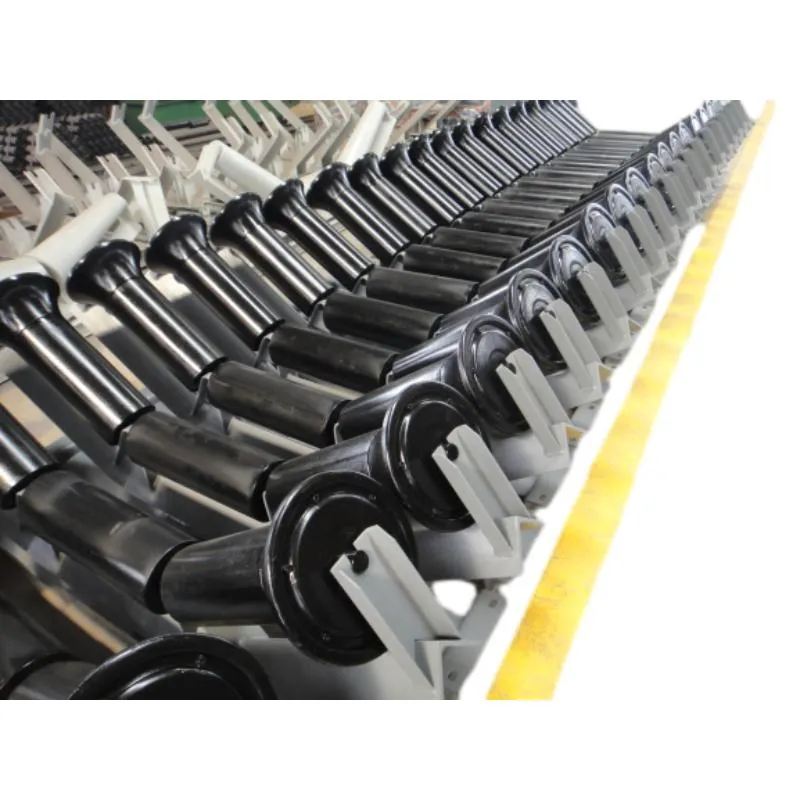 Afrikaans
Afrikaans  Albanian
Albanian  Amharic
Amharic  Arabic
Arabic  Armenian
Armenian  Azerbaijani
Azerbaijani  Basque
Basque  Belarusian
Belarusian  Bengali
Bengali  Bosnian
Bosnian  Bulgarian
Bulgarian  Catalan
Catalan  Cebuano
Cebuano  Corsican
Corsican  Croatian
Croatian  Czech
Czech  Danish
Danish  Dutch
Dutch  English
English  Esperanto
Esperanto  Estonian
Estonian  Finnish
Finnish  French
French  Frisian
Frisian  Galician
Galician  Georgian
Georgian  German
German  Greek
Greek  Gujarati
Gujarati  Haitian Creole
Haitian Creole  hausa
hausa  hawaiian
hawaiian  Hebrew
Hebrew  Hindi
Hindi  Miao
Miao  Hungarian
Hungarian  Icelandic
Icelandic  igbo
igbo  Indonesian
Indonesian  irish
irish  Italian
Italian  Japanese
Japanese  Javanese
Javanese  Kannada
Kannada  kazakh
kazakh  Khmer
Khmer  Rwandese
Rwandese  Korean
Korean  Kurdish
Kurdish  Kyrgyz
Kyrgyz  Lao
Lao  Latin
Latin  Latvian
Latvian  Lithuanian
Lithuanian  Luxembourgish
Luxembourgish  Macedonian
Macedonian  Malgashi
Malgashi  Malay
Malay  Malayalam
Malayalam  Maltese
Maltese  Maori
Maori  Marathi
Marathi  Mongolian
Mongolian  Myanmar
Myanmar  Nepali
Nepali  Norwegian
Norwegian  Norwegian
Norwegian  Occitan
Occitan  Pashto
Pashto  Persian
Persian  Polish
Polish  Portuguese
Portuguese  Punjabi
Punjabi  Romanian
Romanian  Russian
Russian  Samoan
Samoan  Scottish Gaelic
Scottish Gaelic  Serbian
Serbian  Sesotho
Sesotho  Shona
Shona  Sindhi
Sindhi  Sinhala
Sinhala  Slovak
Slovak  Slovenian
Slovenian  Somali
Somali  Spanish
Spanish  Sundanese
Sundanese  Swahili
Swahili  Swedish
Swedish  Tagalog
Tagalog  Tajik
Tajik  Tamil
Tamil  Tatar
Tatar  Telugu
Telugu  Thai
Thai  Turkish
Turkish  Turkmen
Turkmen  Ukrainian
Ukrainian  Urdu
Urdu  Uighur
Uighur  Uzbek
Uzbek  Vietnamese
Vietnamese  Welsh
Welsh  Bantu
Bantu  Yiddish
Yiddish  Yoruba
Yoruba  Zulu
Zulu មីនា . 05, 2025 03:32
Back to list
belt conveyor pulley
The effective operation of belt conveyors relies heavily on two crucial components the head pulley and the tail pulley. These parts are vital for the smooth functioning, efficiency, and durability of conveyor systems across various industries. Understanding the core roles, maintenance practices, and technological advancements related to these components can significantly enhance your conveyor system's performance and longevity.
Consistent and proactive maintenance of head and tail pulleys can prevent unexpected downtime and extend the lifespan of your conveyor system. Regular inspections should focus on signs of wear and tear, alignment issues, and surface condition. Lubricating bearings, checking for imbalances, and verifying proper tension alignment contribute to a seamless operation. Implementing a scheduled maintenance program can also automate these checks, ensuring they are performed regularly without compromising your operation's efficiency. Technological advancements have significantly impacted the design and functionality of head and tail pulleys. Recent innovations include self-cleaning pulley systems, which prevent material build-up and reduce the risk of slippage, and the integration of sensors that monitor pulley health in real-time. These sensors can detect misalignment, uneven wear, and other potential issues, alerting maintenance teams before they escalate into a system failure. Choosing the right head and tail pulleys involves not just understanding their roles but also recognizing the environmental and operational contexts of your conveyor system. Consulting with pulley manufacturers and engineers who specialize in conveyor systems can offer tailored solutions that align with your specific operational needs. In conclusion, the optimal functioning of belt conveyors hinges on the selection and maintenance of head and tail pulleys. By prioritizing high-quality materials, adopting regular maintenance practices, and leveraging technological advancements, businesses can enhance efficiency, reduce operational costs, and ensure the longevity of their conveyor systems. Combining practical experience with technical expertise and authoritative insights ensures that your conveyor system remains reliable, efficient, and trustworthy in any industrial application.


Consistent and proactive maintenance of head and tail pulleys can prevent unexpected downtime and extend the lifespan of your conveyor system. Regular inspections should focus on signs of wear and tear, alignment issues, and surface condition. Lubricating bearings, checking for imbalances, and verifying proper tension alignment contribute to a seamless operation. Implementing a scheduled maintenance program can also automate these checks, ensuring they are performed regularly without compromising your operation's efficiency. Technological advancements have significantly impacted the design and functionality of head and tail pulleys. Recent innovations include self-cleaning pulley systems, which prevent material build-up and reduce the risk of slippage, and the integration of sensors that monitor pulley health in real-time. These sensors can detect misalignment, uneven wear, and other potential issues, alerting maintenance teams before they escalate into a system failure. Choosing the right head and tail pulleys involves not just understanding their roles but also recognizing the environmental and operational contexts of your conveyor system. Consulting with pulley manufacturers and engineers who specialize in conveyor systems can offer tailored solutions that align with your specific operational needs. In conclusion, the optimal functioning of belt conveyors hinges on the selection and maintenance of head and tail pulleys. By prioritizing high-quality materials, adopting regular maintenance practices, and leveraging technological advancements, businesses can enhance efficiency, reduce operational costs, and ensure the longevity of their conveyor systems. Combining practical experience with technical expertise and authoritative insights ensures that your conveyor system remains reliable, efficient, and trustworthy in any industrial application.
Next:
Latest news
-
Revolutionizing Conveyor Reliability with Advanced Rubber Lagging PulleysNewsJul.22,2025
-
Powering Precision and Durability with Expert Manufacturers of Conveyor ComponentsNewsJul.22,2025
-
Optimizing Conveyor Systems with Advanced Conveyor AccessoriesNewsJul.22,2025
-
Maximize Conveyor Efficiency with Quality Conveyor Idler PulleysNewsJul.22,2025
-
Future-Proof Your Conveyor System with High-Performance Polyurethane RollerNewsJul.22,2025
-
Driving Efficiency Forward with Quality Idlers and RollersNewsJul.22,2025
OUR PRODUCTS





























